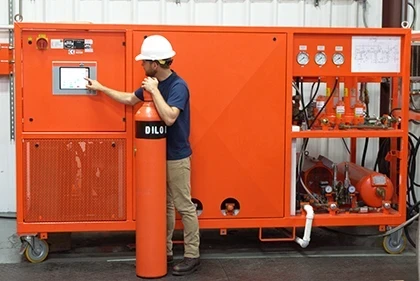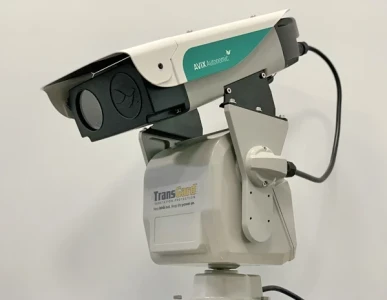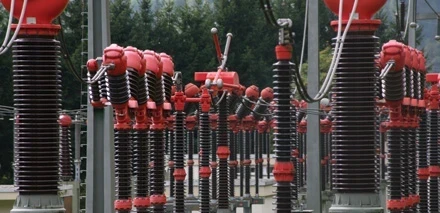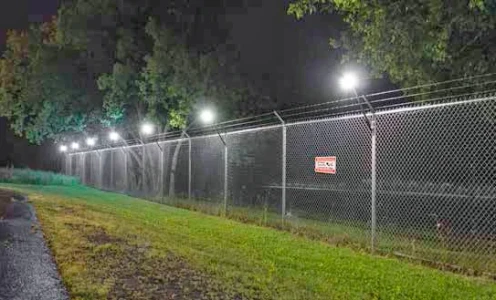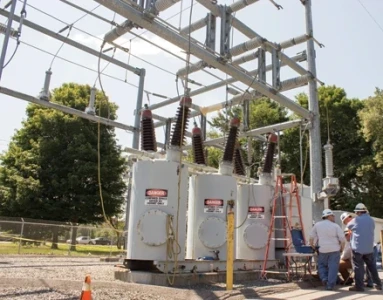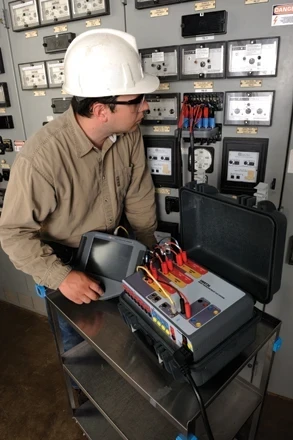Power Factor Testing of Circuit Breakers
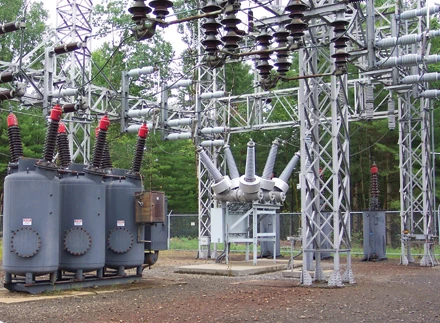
Detecting contamination and deterioration in SF6 breakers to ensure longevity
BY LINDA NOWAK, Doble Engineering Company
The purpose of “Doble testing”, or power factor testing, SF6 (sulfur hexafluoride) circuit breakers is to detect the presence of contamination and/or deterioration of the breaker’s insulating system. This process will allow corrective actions to be taken to ensure the integrity of the breaker.
The Doble test is completed by measuring the insulation’s dielectric-loss and capacitance and calculating the power factor. The increase of the dielectric loss and, consequently, the power factor, is representative of an increase in contamination and/or deterioration of the insulating system. The Doble test can detect a number of problems including the following items.
• Moisture contamination resulting from leaks or incomplete cleaning and drying • Deterioration of line-to-ground and contact-grading capacitors • Surface contamination of weathersheds • Deterioration of insulating components such as operating rods, interrupters, interrupter supports caused by corrosive arc by-products • Internal corona damage of components such as operating rods and interrupters as a result of voids within the insulation system • Impurities, contamination and/or particles within the SF6 gas

